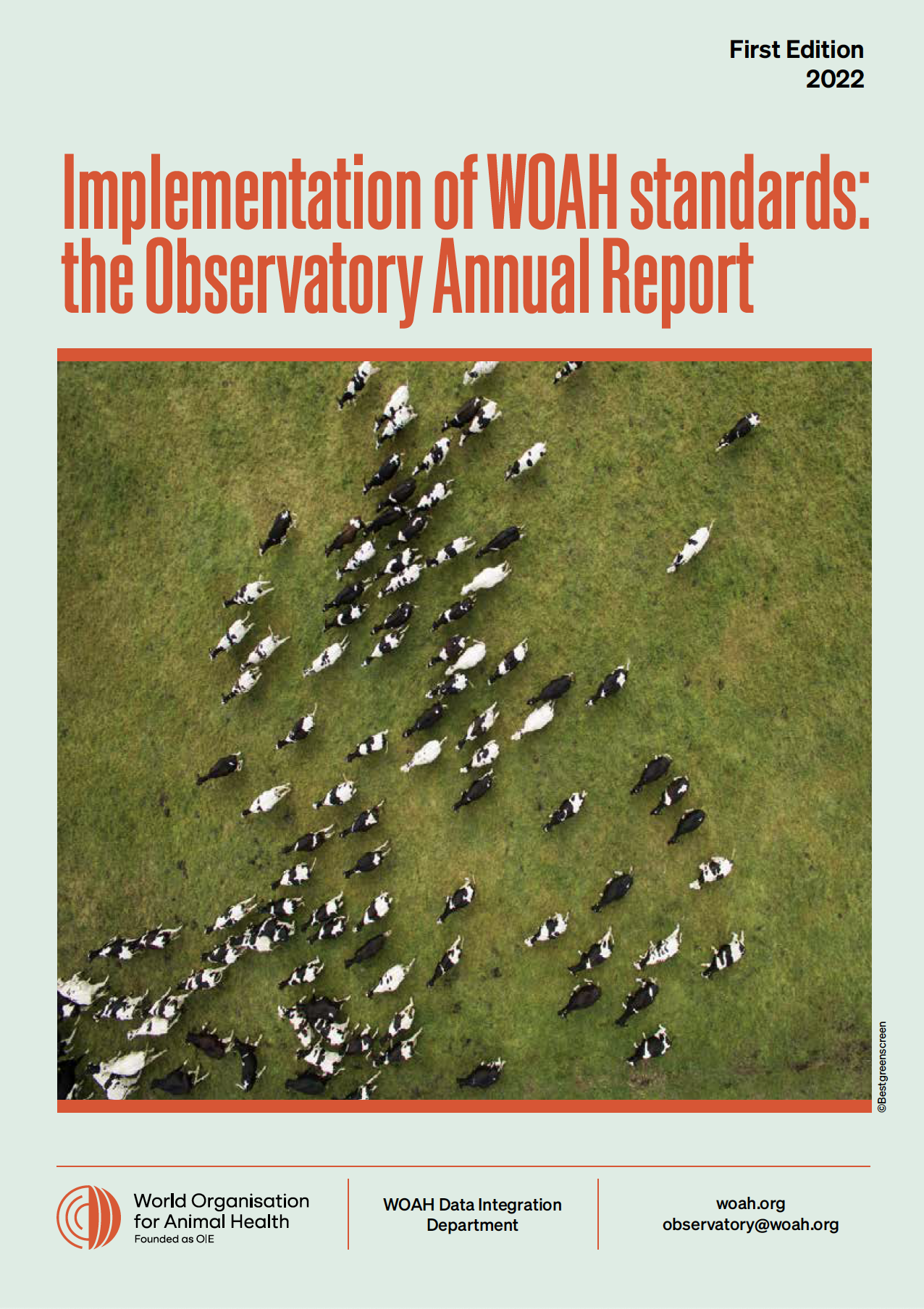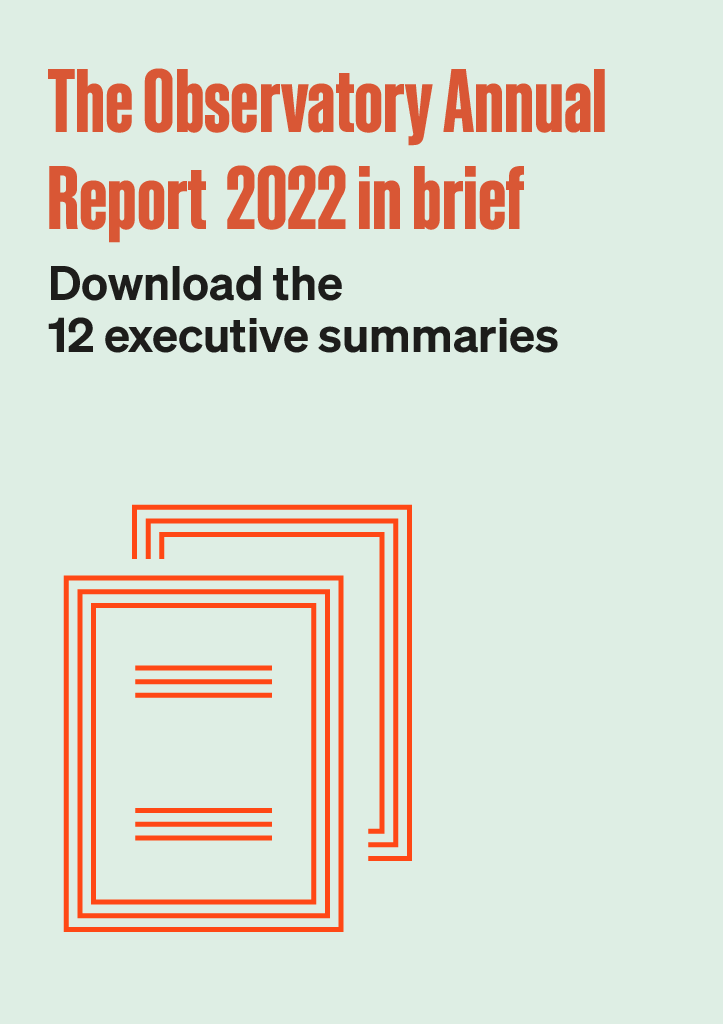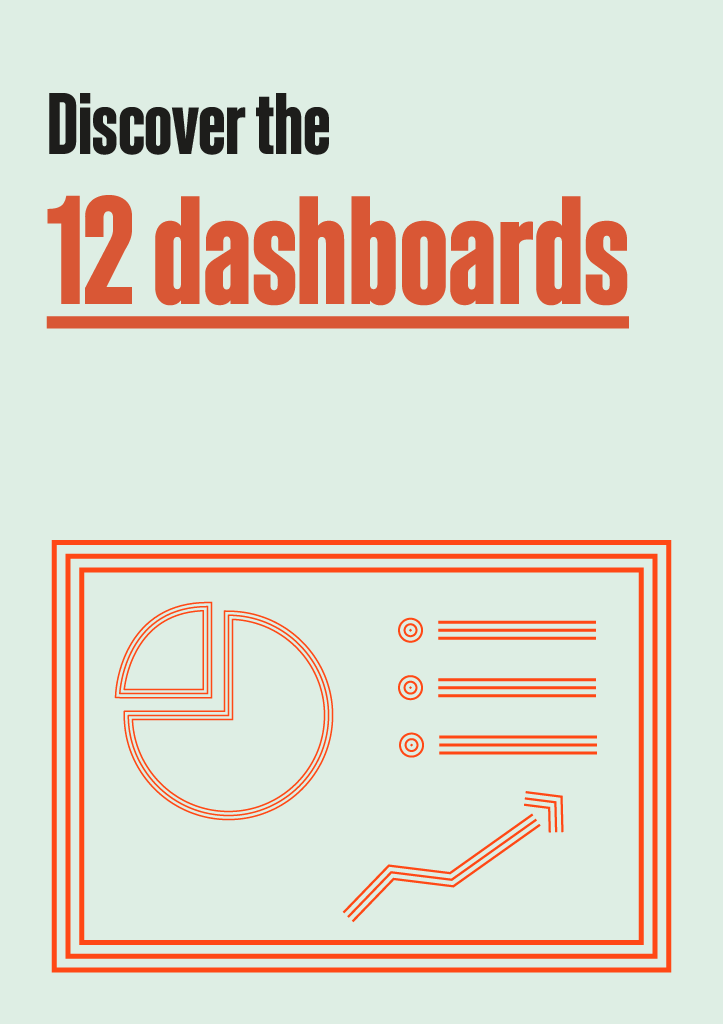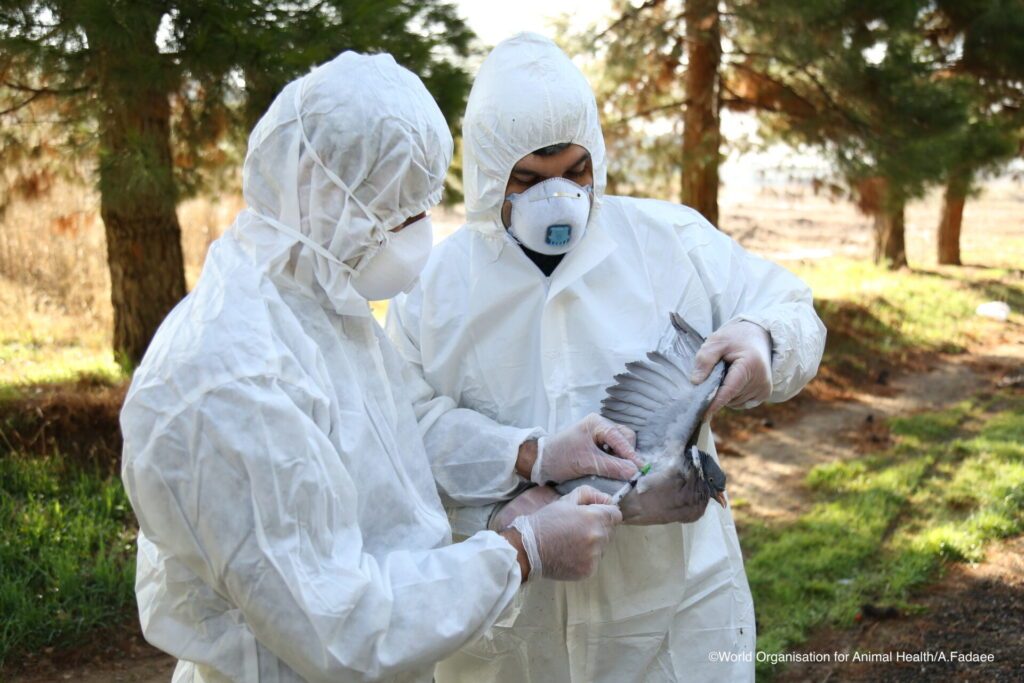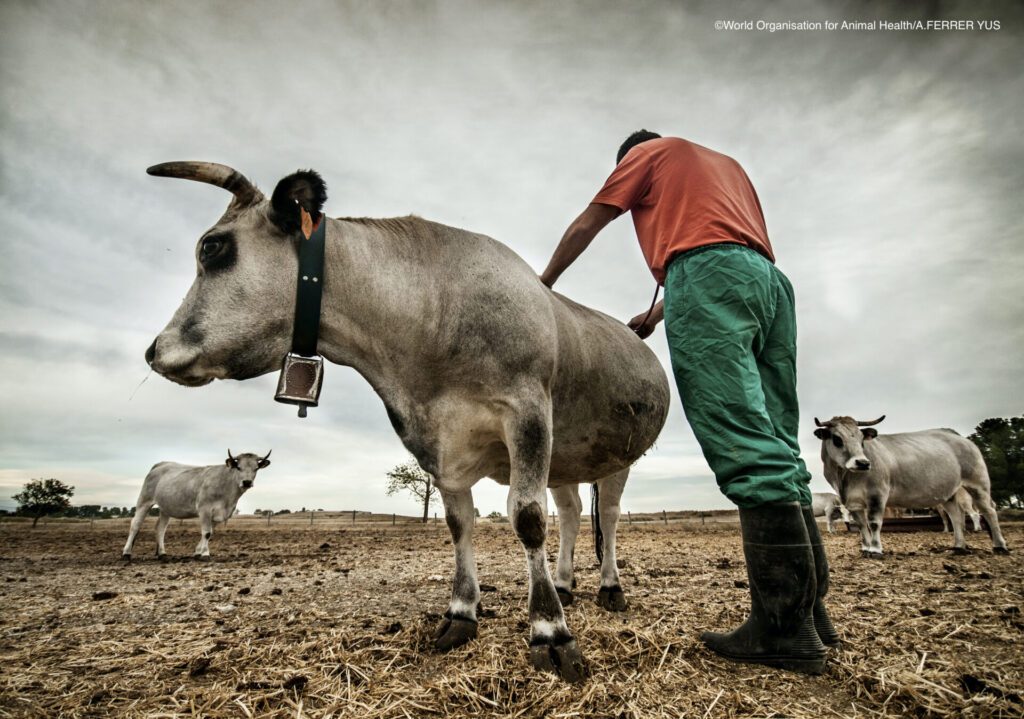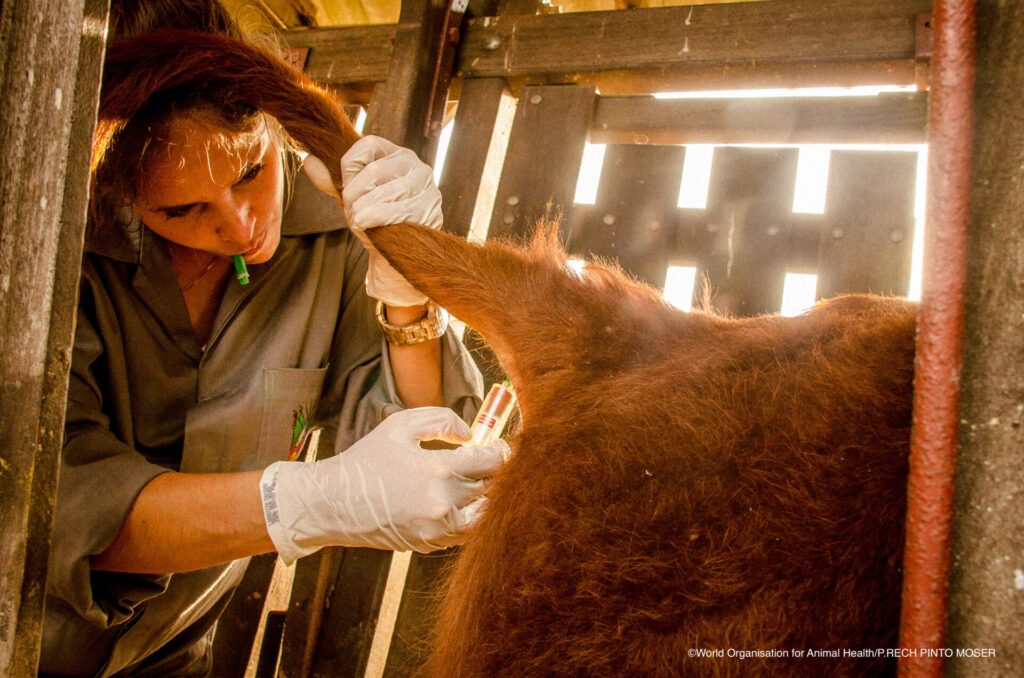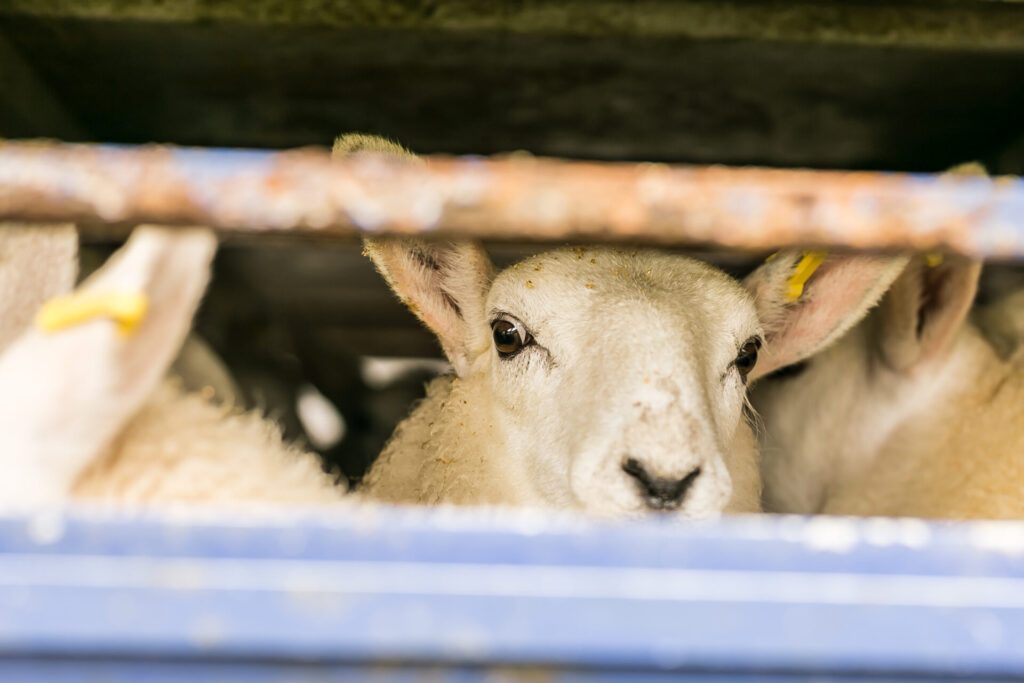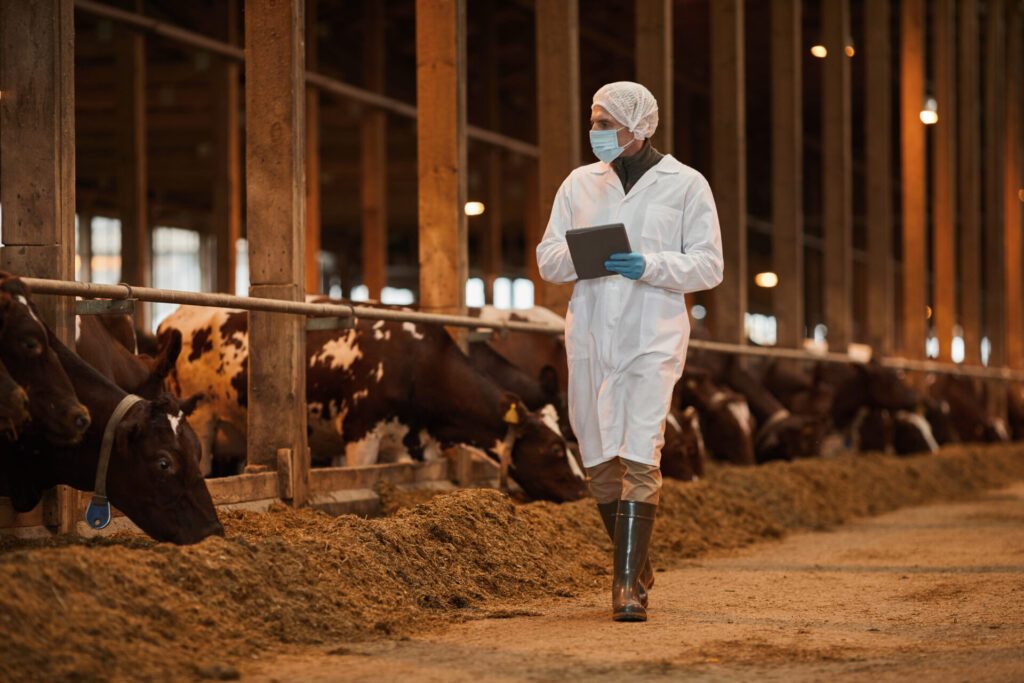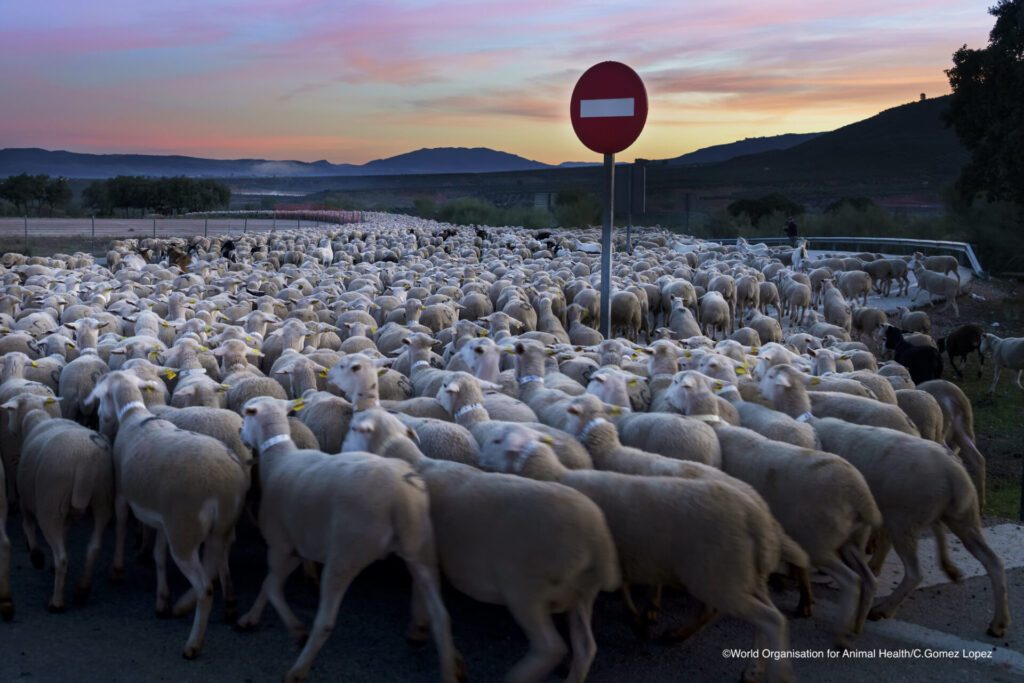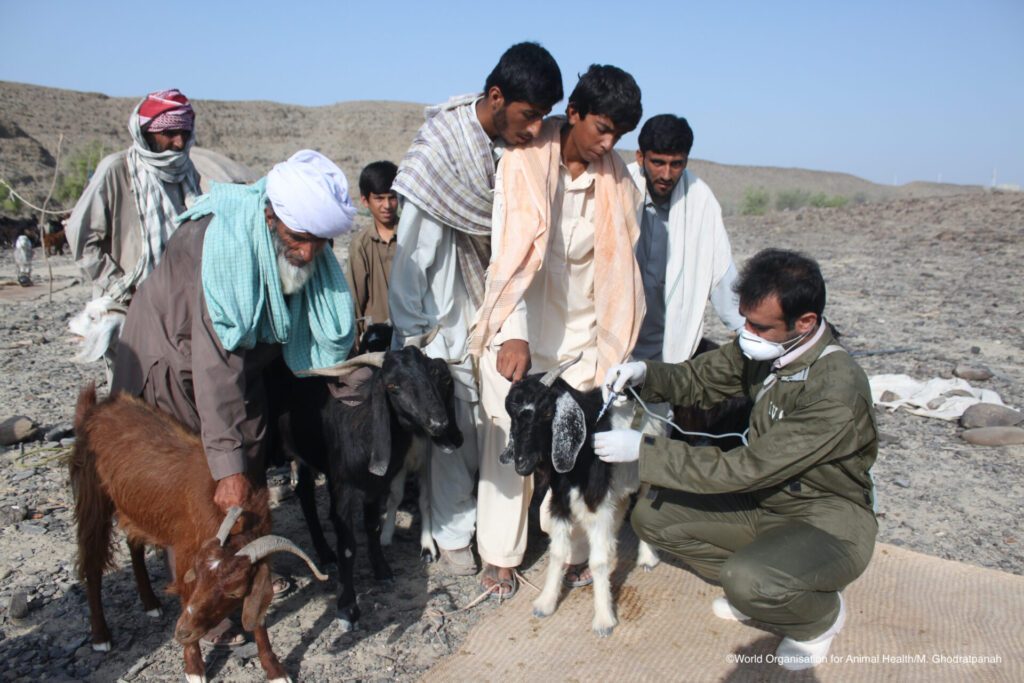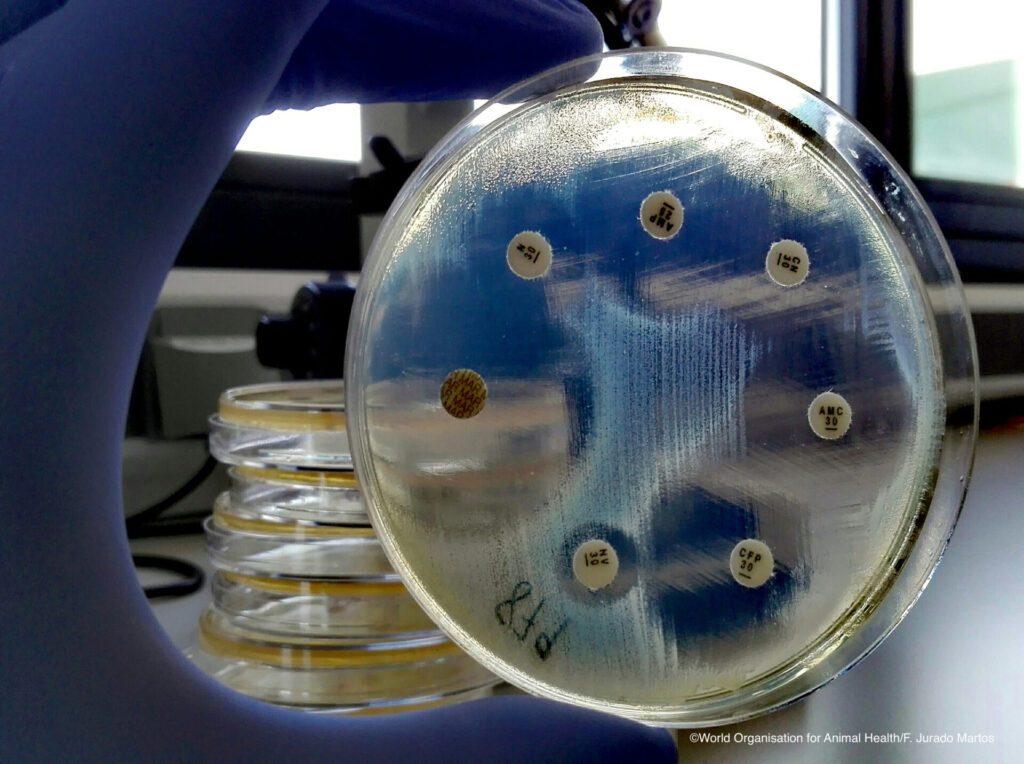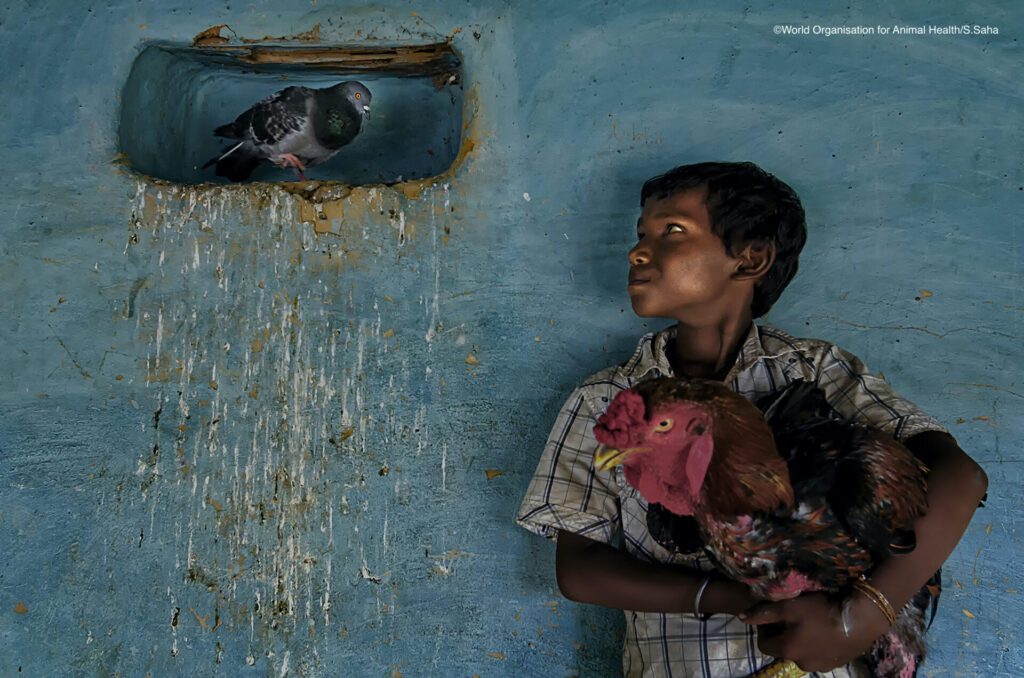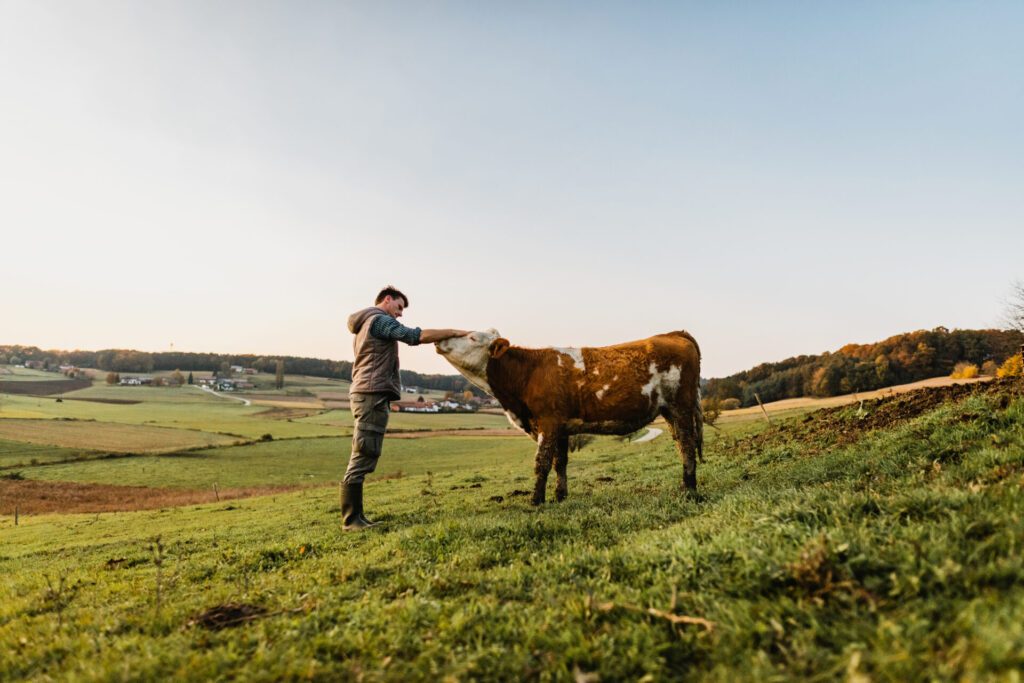Implementation of standards: the Observatory Annual Report
The international standards developed by the World Organisation for Animal Health (WOAH) contribute to the improvement of animal health, animal welfare and veterinary public health, and facilitate safe trade while avoiding unjustified trade barriers. It is of major importance to understand the level of implementation of WOAH standards and identify barriers to implementation.

This knowledge will help the Organisation to improve the standard-setting process and better support Members in the future. As such, the overall objective of the Observatory Annual Report is to assess, in a global manner, to what degree standards are implemented or adhered to by WOAH Members. To do so, the Observatory has chosen a data-driven approach, gathering and analysing relevant data to monitor the considered standards and draw evidence-based conclusions.
How can you access the Observatory Annual Report?
To discover the results of our standard monitoring analysis, access the first Observatory Annual Report on the implementation of standards.
The following supporting documents are also available:
-
An indicator matrix describing the indicators in a standardised manner
-
A data catalogue, i.e. an organised record of data assets
This document is the first annual report produced by the Observatory. It was developed using the lessons learnt throughout the pilot phase of the Observatory, particularly the feedback received from the ASF prototype. As the Terrestrial and Aquatic Codes contain a vast number of standards, it is not possible to annually report on all of them. As such, standards for which information was readily available were selected.
What topics does our report cover?
The report contains 12 sections with dynamic dashboards, which can be consulted independently, covering the following topics:
How is our report structured and what associated documents can you access?
The 12 sections share the following common structure:
Introduction, providing context and the WOAH standards relevant to the topic
Proposed standard monitoring indicators
Data, data sources and the advantages and limitations of the standard monitoring data used
Descriptive analysis of each indicator
Conclusions and recommendations for improvement
In addition to the main manuscript, each section of the WOAH Observatory Annual Report is accompanied by:
- An interactive dashboard offering an array of options for dynamic information analysis for a desired region, disease, group of diseases or time period. The figures presented in the body of the report are static snapshots of these dashboards that use examples to illustrate specific ideas or indicators. Therefore, it is recommended to use the dashboards to access all available information
- A one-page executive summary
How did we monitor the implementation of WOAH standards?
To produce this report, the Observatory gathered data from various work streams and analysed a set of indicators that provide valuable insights, assist in identifying patterns and make it possible to draw sound conclusions. The Observatory used a standardised and repeatable methodology and metrics to transform data into knowledge about the level of adherence to WOAH standards.
The following steps were taken:
- Data mapping: in-house datasets managed by WOAH departments as part of their established activities were identified as well as external official data sources from various partner organisations that were relevant for monitoring the implementation of WOAH standards;
- Data processing: the Observatory selected, extracted and cleaned data that were collected at a global level, reliable, high quality, validated by WOAH and/or by WOAH Delegates and analysable;
- Indicator definition: measurable, reliable and fit-for-purpose indicators were defined as well as their time span and geographical coverage, limitations and constraints;
- Data analysis and visualisation: the data were analysed and visualisation tools were provided to disseminate the findings in an attractive and effective way;
- Suggestion for recommendations: in light of the outcomes of data analysis, recommendations were made on data collection and management processes, on WOAH’s services to its Members, as well as − when relevant − on Members’ room for improvement to better implement WOAH standards.
What will be our next steps?
This document is the first annual report of the Observatory. It is expected that the format and methodology used will evolve over time in order to improve this Observatory output year after year. This regular publication can also become a benchmark for WOAH. Indeed, we will be able to measure how the implementation of standards progresses. We will also follow the level of execution of the Observatory recommendations both by Members and internally within the Organisation.
To further understand the implementation of key WOAH standards and the challenges Members face, we will also conduct thematic studies on the uptake of specific standards related to particular diseases and topics. These deep and focused analyses on priority topics will complement the general overview offered by the annual reports. The first thematic study is expected to be published in 2023.

